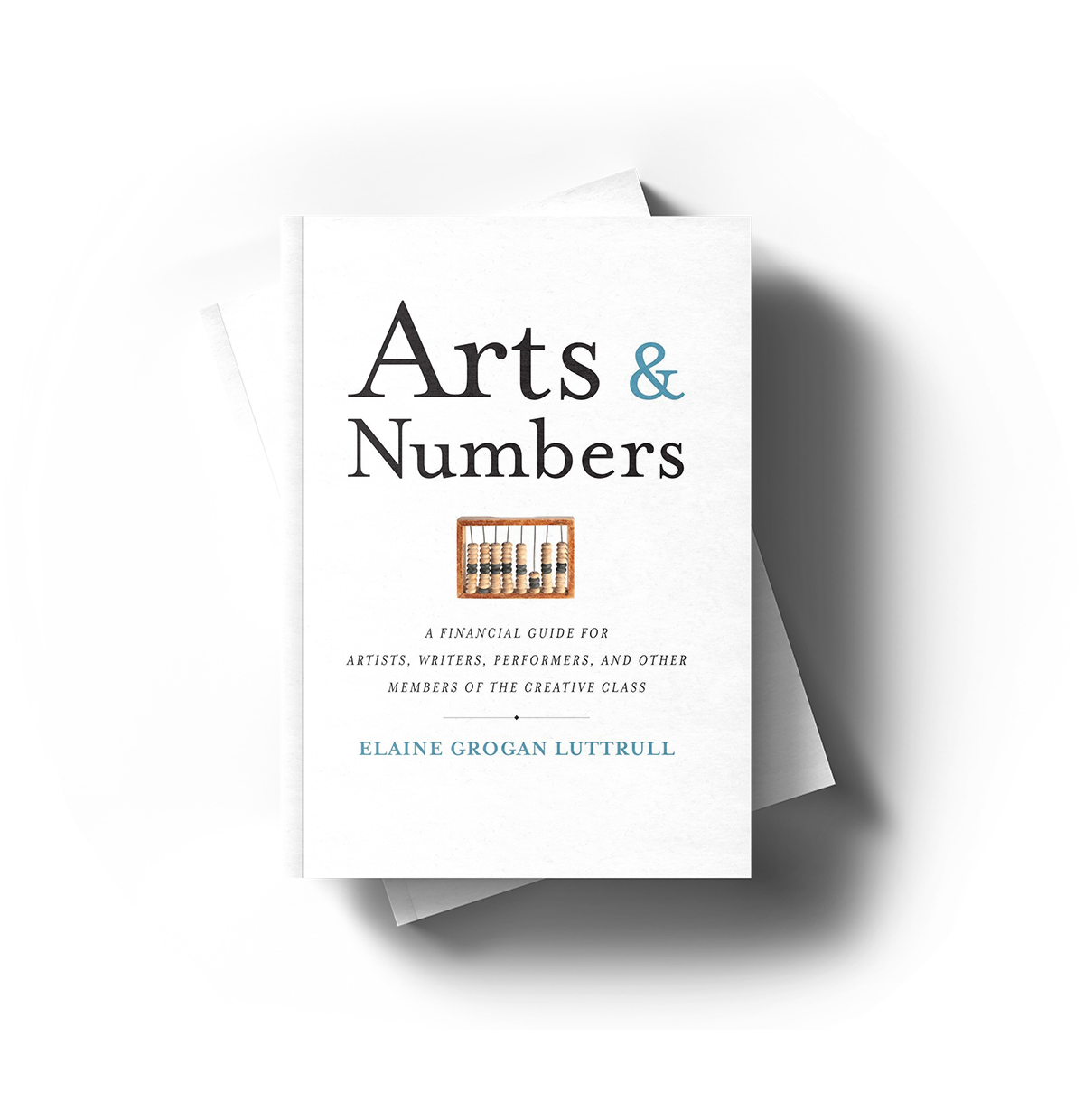October 17, 2016 • Curriculum

Summer 2005
I often ask my students to read “The ‘Busy’ Trap,” a delightful personal essay by Tim Kreider about the temptation to rely on our own busyness, whether actual or self-imposed, as a “hedge against emptiness” or a confirmation of our own importance. We can’t be irrelevant, Kreider writes. We’re too busy.
And we’re all fairly certain we are the busiest humans we know. Whether we’re juggling kids or partners or assignments or clients or parents or friends or jobs or something else entirely, we’re all pretty sure no one else is juggling what we’re juggling. Which is probably true. There’s probably no one else with exactly the same mix of juggle. But we’re all juggling. The secret is to find the point where you do your best work—where you are sufficiently “busy” so you work at your own maximum efficiency and effectiveness, but not so busy that you wander into that chaotic territory of busyness, a frenetic pace that makes everyone around you wildly uncomfortable.
And that point—the point where you are exactly the right amount of busy—probably includes some room to breathe.
A bit of room to breathe is the secret to managing well. And differnet people use their room to breath differently. I tend to favor my room to breathe in three major chunks during the day. I like a planning chunk in the morning, where I review what I need and want to do during the day, plus any schedule constraints I need to remember. I like a reflective chunk in the evening, both to plan and prioritize my remaining tasks, but more importantly to review my accomplishments during the day. (And those accomplishments, by the way, run the gamut from solving major problems to simply showering, depending on the day.) More often than not I can find three things I’m proud of during the day. And that’s what I record. (In another life I spent considerably more time journaling, and in a future life I’ll probably do more of that. But for now, a bulleted list of three things-even three really small things—is what I can do. And it totally works.)
The third chunk of reflective time is my favorite. It comes right in the middle of the day, sometimes during lunch, sometimes between meetings, and sometimes over coffee. But it is a brief respite of breathing room during the day that lets me exhale. It’s also a nice moment to catch up if the day has spun out of control. And on really rough days, this chunk of time lets me pee.
In my ideal schedule, these chunks come at the same time every day, and in fact, rising and going to bed at the same times each day is oft-quoted and followed advice for effective time management. But they aren’t my reality right now. And that’s okay. I can still enjoy room to breathe in a way that works with my own schedule. And if my room to breathe evaporates and happens on a weekly basis instead of a daily one, that’s okay too.
Without these chunks, I feel myself wandering into that frenetic pace of busyness, and it’s a pace I despise. I never feel like I’m doing my best work at that pace, and I never feel like I’m giving my full attention to whatever is in front of me. Instead, my mind is divided between what I’m doing and what I have to do next, and for me, anyway, that disconnect, that lack of presence, makes me less proud of the work I do.
But there is such a thing as too much room to breathe.
At some point, you have to actually take action. You can’t just plan. You can’t just strategize. You can’t just think. You must actually take the risk that comes with action, rather than reveling in the security of the planning stage. It can be petrifying, but it’s pretty fun too.
At least until you fall into that busy trap.


